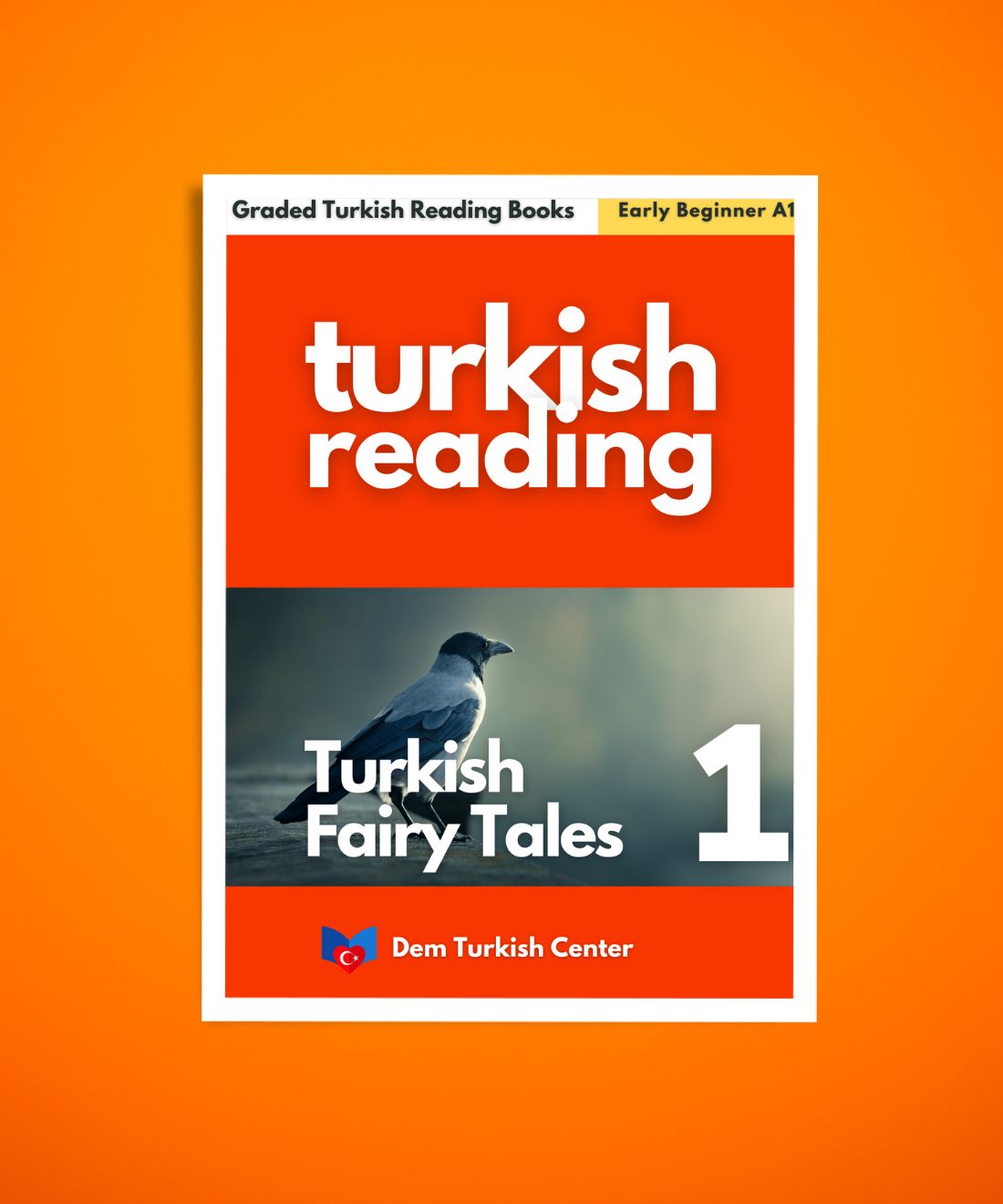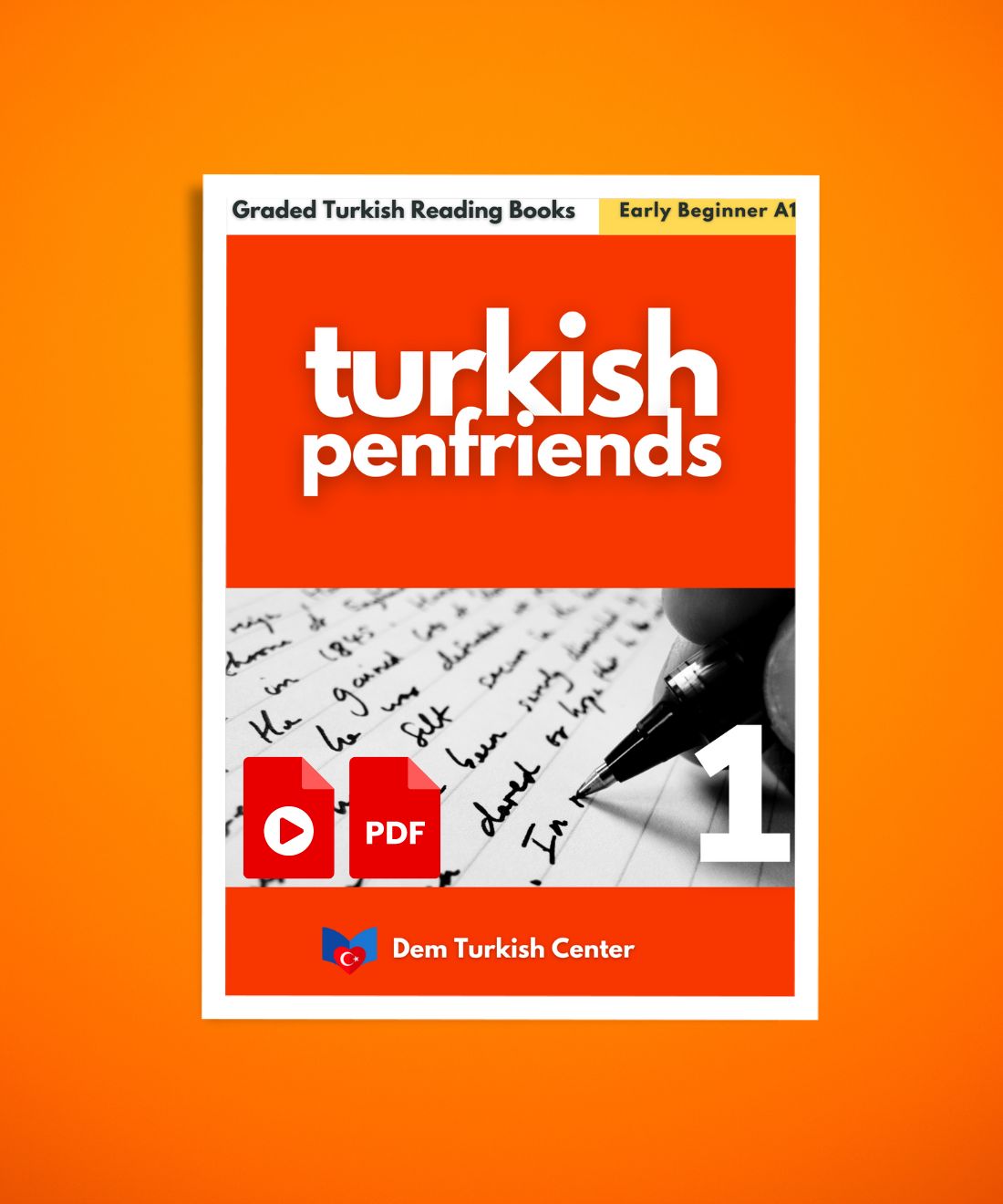
Facts About Turkish Language
Facts about Turkish language. Do you want to start learning Turkish language? If yes, here are some facts about the Turkish language before starting to learn Turkish language:
Learn Turkish yourself with online Turkish lessons, anytime, anywhere!
Facts About Turkish
Language Family
Turkish is an Asian language that belongs to Altaic language family.
Subgroup
Turkish is a member of the Turkish, or Western, subgroup of the Oghuz languages, which includes Gagauz and Azeri.
History
The earliest known Turkic inscriptions are the two monumental Orkhon inscriptions found in modern Mongolia.
Distinctive Characteristics
The distinctive characteristics of Turkish are vowel harmony and extensive agglutination.
Word Order in Turkish
The basic word order of Turkish is Subject Object Verb.
Word order in simple Turkish sentences is generally Subject Object Verb, as in Korean and Latin, but unlike English.
Download Turkish Grammar Course 1 A1!
Gender in Turkish
Turkish has no noun classes or grammatical gender.
Honorifics in Turkish
Turkish has a strong T-V distinction and usage of honorifics.
Second Person in Turkish
Turkish uses second-person pronouns that distinguish varying levels of politeness, social distance, age, courtesy or familiarity toward the addressee.The plural second-person pronoun and verb forms are used referring to a single person out of respect. In very formal situations, double plural second-person "sizler" may be used to refer to a much-respected person.
Vowels in Turkish
The vowels of the Turkish language are, in their alphabetical order, ‹a›, ‹e›, ‹ı›, ‹i›, ‹o›, ‹ö›, ‹u›, ‹ü›. The Turkish vowel system can be considered as being three-dimensional, where vowels are characterised by three features: front and back, rounded and unrounded and vowel height.
Diphtongs in Turkish
There are no diphtongs in Turkish; when two vowels come together, which occurs in some Arabic loanwords, each vowel retains its individual sound. However, a slight diphthong can occur when two vowels surround a "yumuşak" (soft) g. For example, the word soğuk ("cold") can be pronounced [soʊk] (resembling the English soak) by some speakers.
Download Turkish Grammar Course 2 A2!
Vowel Harmony in Turkish
Vowel harmony is the principle by which a native Turkish word incorporates either exclusively back vowels (a, ı, o, and u) or exclusively front vowels (e, i, ö, and ü).
Stress in Turkish
Stress is usually on the last syllable. Exceptions include some suffix combinations and loanwords, particularly from Italian and Greek, as well as interjections, adverbs, and many proper names.
Suffixes in Turkish
Turkish is an agglutinative language and frequently uses affixes, and specifically suffixes, or endings. One word can have many affixes and these can also be used to create new words, such as creating a verb from a noun, or a noun from a verbal root. Most affixes indicate the grammatical function of the word.
Extensive Use Of Affixes
The extensive use of affixes can give rise to long words. It is jokingly said that the longest Turkish word is:
Çekoslovakyalılaştıramadıklarımızdanmışsınız meaning "You are said to be one of those that we couldn't manage to convert to a Czechoslovak".
This example is of course contrived; but long words do frequently occur in normal Turkish, as in this heading of a newspaper obituary column:
Bayramlaşamadıklarımız (Bayram [festival]-Recipr-Impot-Partic-Plur-PossPl1; "Those of our number with whom we cannot exchange the season's greetings").
Definite Article in Turkish
There is no definite article in Turkish, but definiteness of the object is implied when the accusative ending is used. Turkish nouns decline by taking case-endings, as in Latin. There are six noun cases in Turkish, with all the endings following vowel harmony.
Download Turkish Grammar Course 3 PI!
Definite Object in Turkish
The accusative case marker is used only for definite objects; compare (bir) ağaç gördük "we saw a tree" with ağacı gördük "we saw the tree".
Turkish Adjectives
Turkish adjectives are not declined. However most adjectives can also be used as nouns, in which case they are declined: e.g. güzel ("beautiful") → güzeller ("(the) beautiful ones / people").
Turkish Verbs
Turkish verbs indicate person. They can be made negative, potential ("can"), or impotential ("cannot"). Furthermore, Turkish verbs show tense (present, past, future and aorist), mood (conditional, imperative, inferential, necessitative and optative), and aspect.
All Turkish verbs are conjugated in the same way, except for the irregular and defective verbs.
Turkish Vocabulary
Origin of the words in Turkish vocabulary, which contains 104,481 words, of which about 86% are Turkish and 14% are of foreign origin
Turkish extensively uses agglutination to form new words from nouns and verbal stems. The majority of Turkish words originate from the application of derivative suffixes to a relatively small set of core vocabulary.
Turkish Alphabet
Turkish is written using a modified version of the Latin alphabet introduced in 1928 by Mustafa Kemal Atatürk to replace the Arabic-based Ottoman Turkish alphabet.
Download Turkish language courses B1!
BECOME A DEM TURKISH CENTER MEMBER!
Thank you very much for your interest and visiting Dem Turkish Center bookstore. We hope our Turkish language courses and lessons will be very helpful for your Turkish studies.













